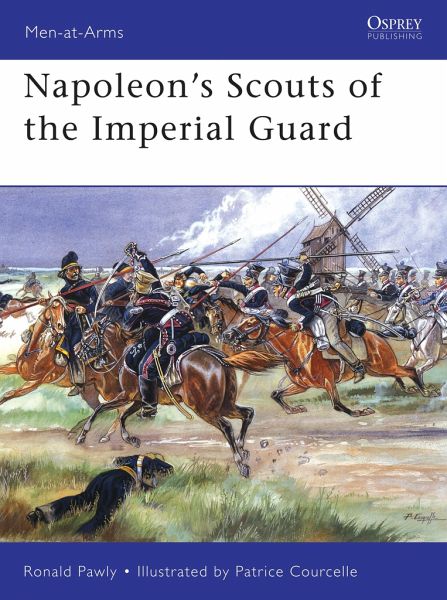
Napoleon's Scouts of the Imperial Guard
Versandkostenfrei!
Versandfertig in über 4 Wochen
15,99 €
inkl. MwSt.
Weitere Ausgaben:

PAYBACK Punkte
8 °P sammeln!
Napoleon's last 'Campaign of France' in 1814 proved to be one of his most brilliant during the Napoleonic Wars (1799-1815). He relied as never before on committing his elite Imperial Guard cavalry to battle. He raised three new regiments of crack Éclaireurs - 'Scouts' - which were attached to the Guard Mounted Grenadiers, Empress's Dragoons and Polish Lancers respectively which would counterattack the Cossacks and gather vital information. Each regiment had its own style of uniform, but part of each was armed with lances. Although they were short-lived, these Scout units greatly distinguished...
Napoleon's last 'Campaign of France' in 1814 proved to be one of his most brilliant during the Napoleonic Wars (1799-1815). He relied as never before on committing his elite Imperial Guard cavalry to battle. He raised three new regiments of crack Éclaireurs - 'Scouts' - which were attached to the Guard Mounted Grenadiers, Empress's Dragoons and Polish Lancers respectively which would counterattack the Cossacks and gather vital information. Each regiment had its own style of uniform, but part of each was armed with lances. Although they were short-lived, these Scout units greatly distinguished themselves in the last battles of the collapsing Empire.













![Chief Incidents Of The Siege Of Derry [&c.] With A Preface By W. Guard Cover Chief Incidents Of The Siege Of Derry [&c.] With A Preface By W. Guard](https://bilder.buecher.de/produkte/65/65926/65926840n.jpg)